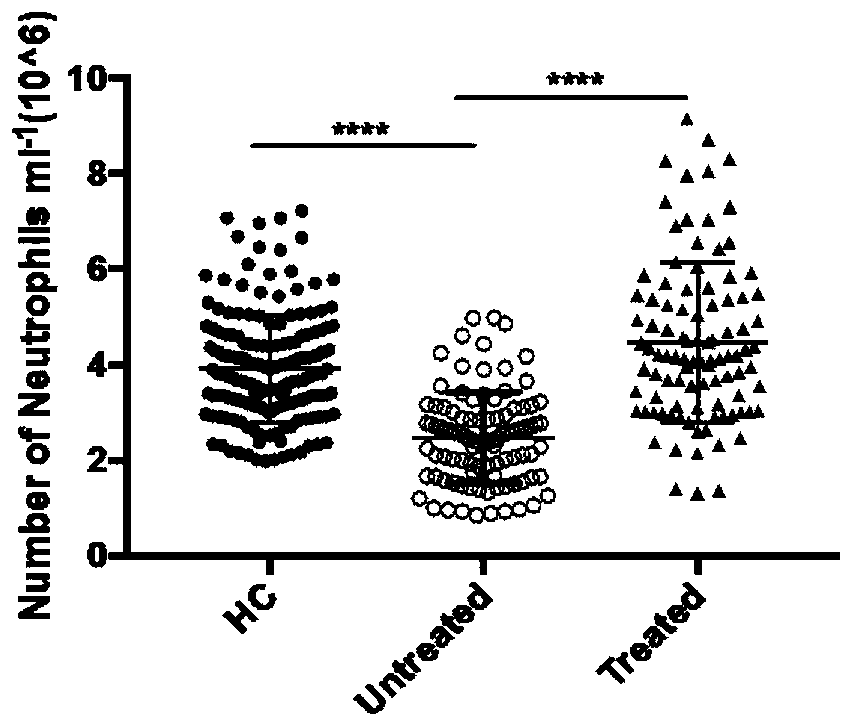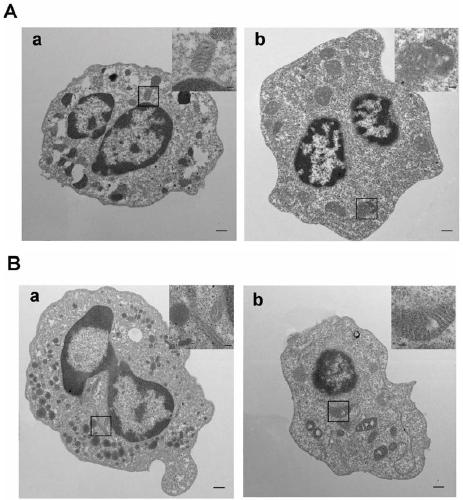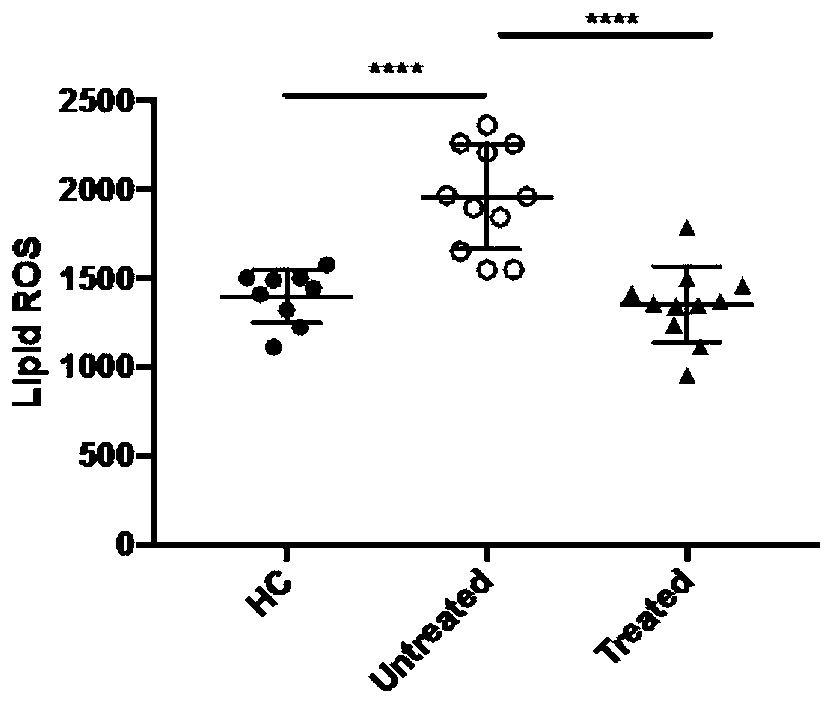Drug for treating systemic lupus erythematosus
A lupus erythematosus, systemic technique, applied in the field of medicine
- Summary
- Abstract
- Description
- Claims
- Application Information
AI Technical Summary
Problems solved by technology
Method used
Image
Examples
Embodiment 1
[0037] Peripheral blood samples were obtained from 98 treatment-naïve SLE patients according to the criteria established by the American College of Rheumatology. Post-treatment blood samples from these 98 SLE patients were collected through follow-up. Neutrophil counts were measured and analyzed on the day of blood collection. Patients were excluded if they had received antibiotic treatment within the three months prior to enrollment. Patients with chronic or acute infections or serious underlying diseases such as acute coronary syndrome, chronic renal failure and cancer were also excluded. Healthy controls were age- and sex-matched individuals without autoimmune, inflammatory, or infectious diseases.
[0038] It was found that the number of neutrophils in the peripheral blood of new-onset and untreated SLE patients was lower than that of healthy controls (HCs) ( figure 1 ), the number of neutrophils increased after their clinical treatment was effective.
Embodiment 2
[0039] Example 2 The decrease in neutropenia in patients with newly diagnosed lupus is caused by ferroptosis
[0040] Peripheral blood from healthy controls and SLE patients was collected using K2E (EDTA) tubes (BD Vacutainer). In order to separate neutrophils, the peripheral blood is firstly diluted with phosphate buffered saline solution in equal proportions for later use, and an appropriate amount of Ficoll-Hypaqu separation solution is poured into a 15 ml centrifuge tube, and then the diluted peripheral blood is spread on the upper layer of the separation solution, paying attention Without destroying the separating liquid interface, then perform centrifugation. The speed is 500G, the speed of increase is the largest, and the speed of decrease is the smallest. Centrifuge for 20 minutes at room temperature. After the centrifugation is completed, use a pipette to absorb the white precipitate on the upper layer of the red blood cells, which is the neutrophils. In the next st...
Embodiment 3
[0045] Example 3 Inducing ferroptosis can cause lupus
[0046] C57 / B6-GPX4 fl / fl (027964, Jackson) and C57 / B6-LysMcre (004781, Jackson) mice were purchased from Jackson lab. The loxP site of the GPX4 allele is located between exons 2-4 of the GPX4 gene. The LysMcre knock-in allele has a nuclear-localized Cre recombinase inserted into the first encoded ATG of the lysozyme 2 gene (Lyz2), which both abolishes the function of the endogenous Lyz2 gene and regenerates NLS-Cre expression Placed under the control of the endogenous Lyz2 promoter / enhancer element. GPX4 fl / fl After the mice were crossed with LysMcre mice, the progeny mice were backcrossed with LysMcre mice, and genotype identification was performed to obtain GPX4 fl / wt LysMcre+ mice (homozygous for the LysMcre allele). GPX4 fl / fl and GPX4fl / wt LysMcre+ mice were used for experiments. According to current research, GPX4 is the most critical molecule for clearing intracellular Lipid-ROS and blocking ferroptosis. T...
PUM
 Login to View More
Login to View More Abstract
Description
Claims
Application Information
 Login to View More
Login to View More - R&D
- Intellectual Property
- Life Sciences
- Materials
- Tech Scout
- Unparalleled Data Quality
- Higher Quality Content
- 60% Fewer Hallucinations
Browse by: Latest US Patents, China's latest patents, Technical Efficacy Thesaurus, Application Domain, Technology Topic, Popular Technical Reports.
© 2025 PatSnap. All rights reserved.Legal|Privacy policy|Modern Slavery Act Transparency Statement|Sitemap|About US| Contact US: help@patsnap.com



